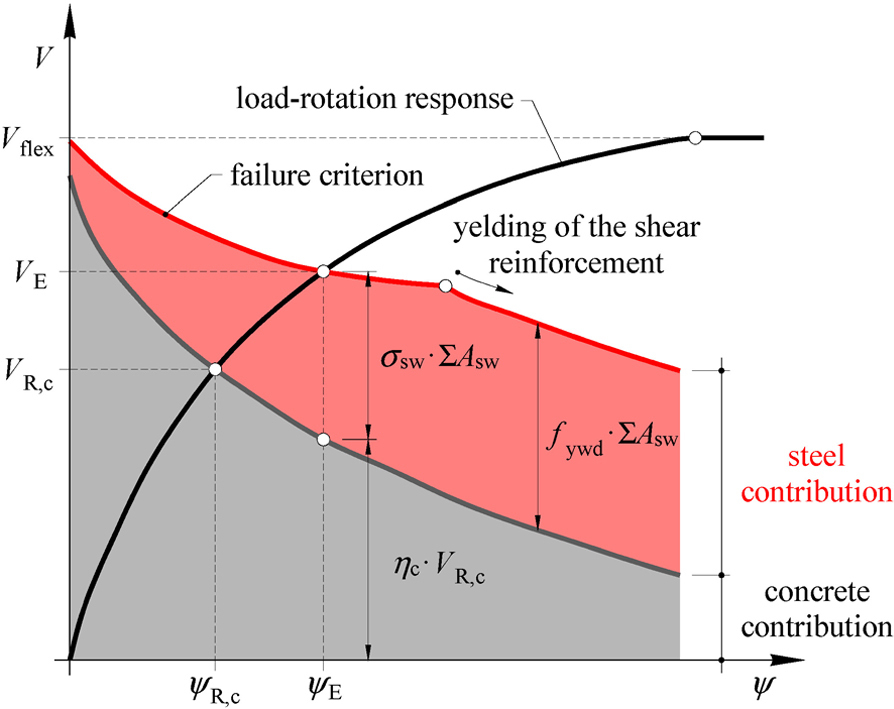EN 1992-1-1:2023 - a new look at the issue of punching shear design
1
Katedra Budownictwa Betonowego, Politechnika Łódzka, Poland
2
International Doctoral School, Lodz University of Technology, Poland
Submission date: 2025-05-28
Acceptance date: 2025-06-13
Publication date: 2025-09-16
Archives of Civil Engineering 2025;71(3):181-198
KEYWORDS
TOPICS
ABSTRACT
The paper presents a comprehensive evaluation of the revised punching shear design methodology introduced in the new edition of Eurocode 2 (EN 1992-1-1:2023), with particular emphasis on improvements derived from the Critical Shear Crack Theory (CSCT). Previous empirical methods were substituted with a mechanical model formulated as closed-form expressions. The key revisions include a redefined control perimeter located at 0.5dv from the column face (instead of 2d), harmonization of design approaches for slabs and foundations, revised definitions of effective depths, differentiated contributions of concrete and shear reinforcement to punching shear resistance and the explicit consideration of aggregate composition. The paper also discusses the improved method for accounting for non-uniform shear stress distribution, which offers better agreement with experimental observations and reduces the conservatism and inconsistency associated with previous Eurocode provisions. The new procedure was validated against experimental results from over 300 slab tests, showing average experimental-to-predicted load ratios (Vexp/Vcalc) of 1.10 and 1.20 for slabs without and with shear reinforcement, respectively, with consistent accuracy across a wide range of parameters.
The analysis presented in the paper showed that the predictions of the new standard tend to be closer to the experimental ones and provided a better estimate of punching capacity compared to previous approaches (Vexp/Vcalc ≈ 1.22, COV = 7%). It should be emphasized that the predictions proved to be safe, even though the reinforcement in certain elements did not fully comply with design specifications regarding spacing and the number of perimeters.
We process personal data collected when visiting the website. The function of obtaining information about users and their behavior is carried out by voluntarily entered information in forms and saving cookies in end devices. Data, including cookies, are used to provide services, improve the user experience and to analyze the traffic in accordance with the Privacy policy. Data are also collected and processed by Google Analytics tool (more).
You can change cookies settings in your browser. Restricted use of cookies in the browser configuration may affect some functionalities of the website.
You can change cookies settings in your browser. Restricted use of cookies in the browser configuration may affect some functionalities of the website.




